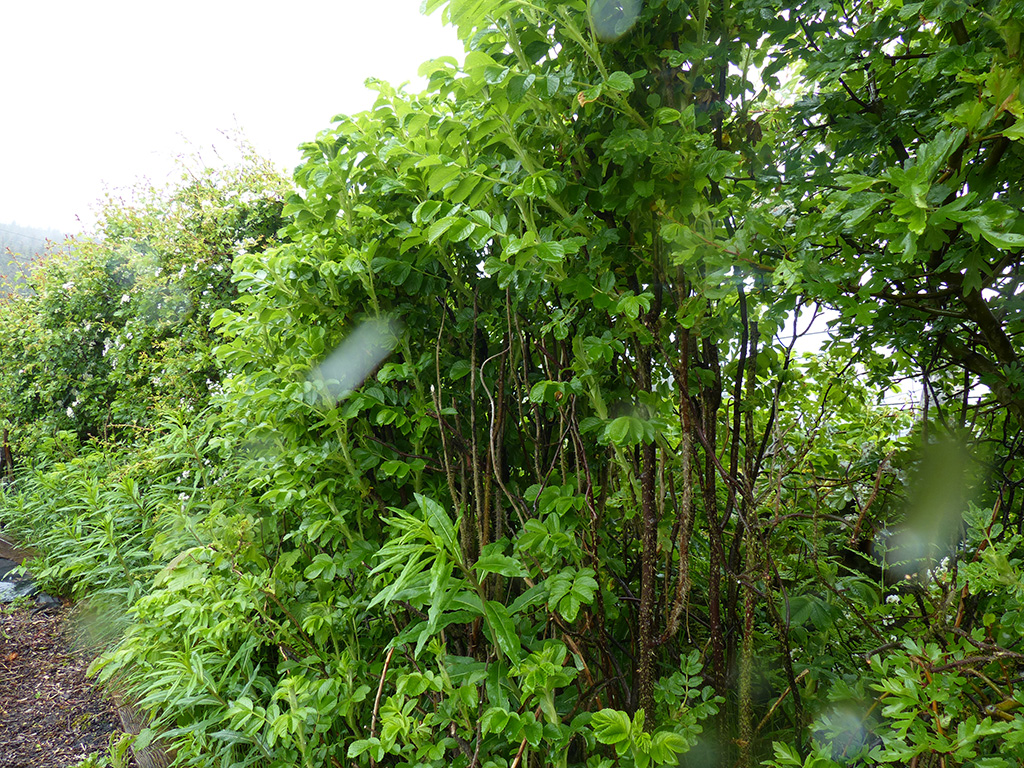Plant a hedge
Why look at bare wooden fencing when enjoying a cold drink in your garden, when you can look at greenery and listen to birds singing? Green back gardens create wildlife corridors for animals to move from one woodland to another. Animals can even use your back garden as a pitstop when moving from one nature reserve to another, how cool is that?!

Did you know that all our private gardens together cover a larger area than all of the nature reserves combined? So anything we do has a massive impact. Hedges are an important for nature as birds use it for nesting, eating and mating. Hedgehogs (hence the name) scuttle underneath looking for food and flowers attract bees and bumblebees.
-
Check with your neighbours first that they are happy to get rid of the wooden panel or wall.
Maybe it could be a joint effort? -
Plant hedges between November and March when the ground is not frozen
-
Bare rooted is cheaper, but plant directly or leave in a bucket of water until planting.
-
Cover the ground around the hedge with cardboard or mulch for 1 year so the young plants can establish themselves
What plants to choose?
If you or your neighbour want to keep the fence or wall you can grow these against it:
- clematis
- ivy
- espalier fruit trees like apple or pear
- firethorn (prickly, so not suitable for households with children)
Plants for using as a boundary between two gardens:
- privet
- ivy climbing up trellis
- holly
- green or copper beech
- rosehip
Plants to choose when living in a rural area:
Go wild! Literally!
Any native small tree or shrub will do, but most beneficial to wildlife are:
- hawthorn
- rosehip
- sloe or blackthorn
- hazel
- holly
- hornbeam
- beech